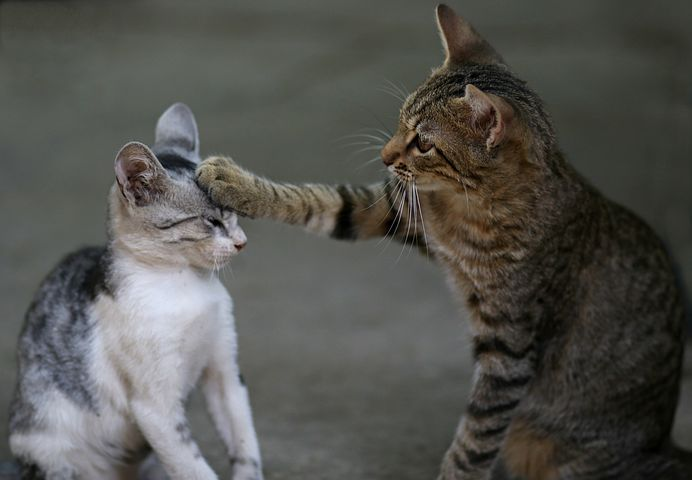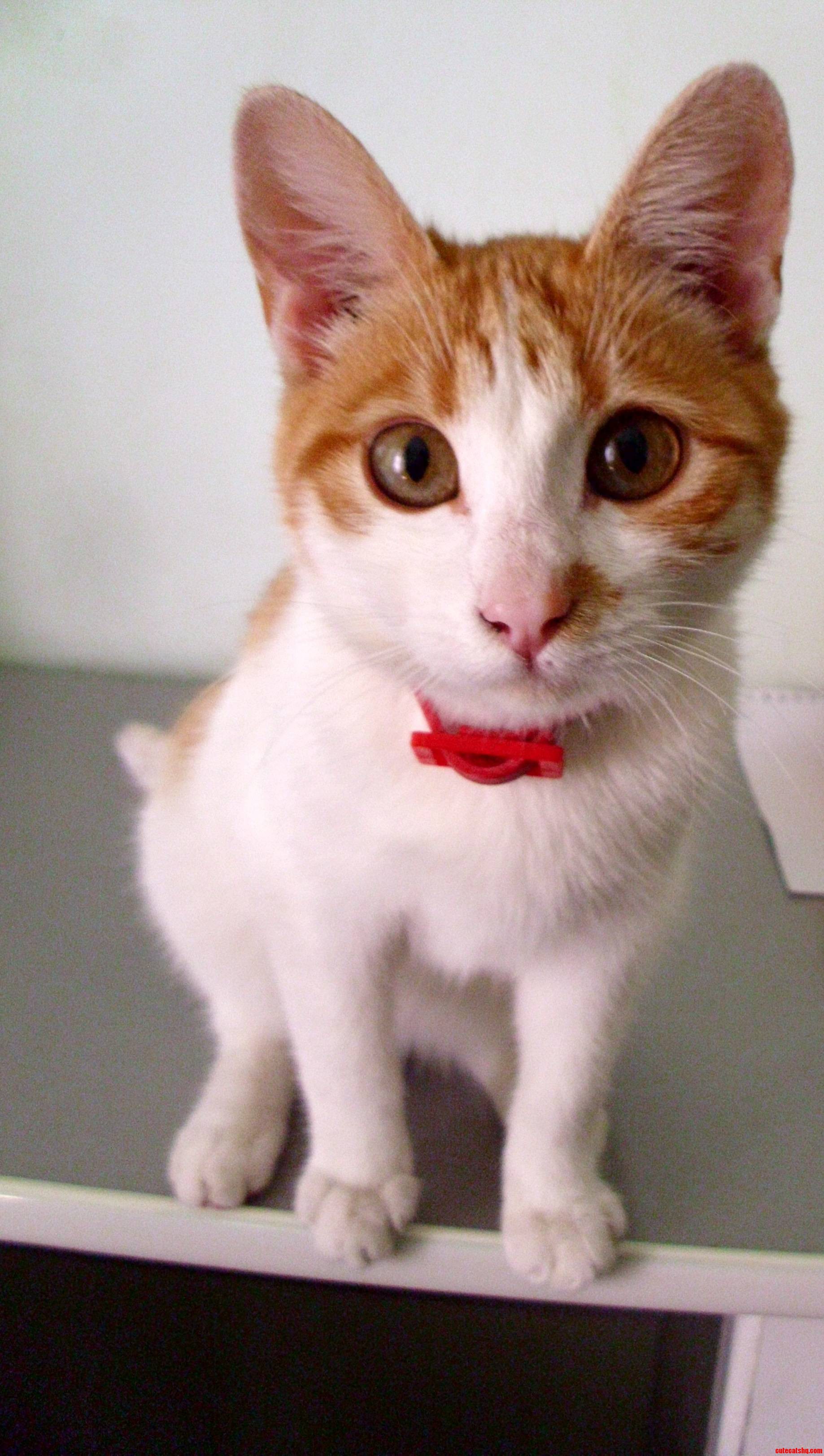

In that book, Ponyboy says Two-bit looks like a 'Chessy cat'.

The "chessy cat" to which Ponyboy refers is a character created by Lewis Carroll in his fantasy classic Alice's Adventures in Wonderland (thus, the allusion). vaguely - Unclear, not thought through completely. Do you think Darry loves Ponyboy? They are the rivals to the Greasers, and were described as having 'money, cars, and futures', according to Ponyboy Curtis. What is "a weed" slang for in 1967? 6.What is "a weed" slang for in 1967? Chapter 3 Questions Vocabulary - Find the meaning for the following words in this chapter and write one paragraph that uses all 4 words correctly: aloof-keeping distance from people because of shyness impersonally-without connetion to a specific person. What does Ponyboy mean when he says, "I lie to myself all the time?" Do you ever lie to yourself? You: Unfortunately, no You: I'd love to sit down with one and find out if they're grossed out by cud Jenny. This figure of speech (besides a simile) is also an alliteration. Either way, it implies being very happy about something and most likely at someone else's. Who are the Greasers? Discuss the theme of gender in these chapters. What are some slang words in the outsiders? When and how did Pony's parents die? Ponyboy's parents were definitely original and perhaps not traditional but they raised three nice boys who look out for each other. The story is set in Oklahoma in the 1960s, and the slang used in the novel can be confusing for students.

He says, "Two-Bit grinning like a Cheesy Cat." Meaning, Two-Bit's smile gave off the impression of a large, trying-to-look-innocent, devilish smirk. What figure of speech is this besides a simile. What is Ponyboy comparing Two-Bit to when he calls him a "chessy cat" on age 27? 2. Ponyboy compares Two-Bit to a "chessy cat" on page 27. He means 'Cheshire Cat', and is referring to Two-bit's wide grin. Interest in her and her history is perhaps as great now as when she was the foremost advertiser of rail passenger service.What is "a weed" slang for in 1967? What does Ponyboy mean when he says, "Johnny and I understood each other without saying. Today, Chessie no longer appears in timetables or on locomotives and rail cars, but she nevertheless is alive in the hearts of millions who grew up during her life’s work on the C&O and successor lines. Chessie lead the way as “America’s Sleep Warden” and gave up her Pullman berth for traveling soldiers.Īfter the war, she returned to her passenger promotional work for the railway that had itself become widely known as “Chessie.” After the takeover of passenger service by Amtrak in 1971, Chessie took on a new role, giving her name to the combined C&O, Baltimore & Ohio, and Western Maryland railways under Chessie System, and helped them sell their freight service. In an era less complicated than our own, Chessie became the darling of millions, helped bolster the spirit of the depression-ravaged people, and then seeing them through the great conflict of World War II. Soon Chessie, “America’s Sleepheart,” was the talk of the railroad world, and propelled C&O to the top ranks of rail advertising. She got two look-alike kittens in 1935, and a mate, “Peake” (from the railroad name as well – Chesapeake = “Chessie-Peake”), in 1937. Advertisements featuring Chessie appeared in most national magazines as well. In 1934, the first “Chessie” calendar was produced, with 40,000 copies distributed.

The C&O’s advertising agency built a whole campaign around the kitten and chose the name “Chessie” from the railroad’s name. It was purchased for $5 for the railway’s use. The original color etching from which the advertisement was taken is by Guido Grünewald, a Viennese artist who specialized in cats and other animals. Printed in black and white, the ad carried no reference to the name of the kitten. At the time, he was developing an ad campaign to popularize C&O’s new air-conditioned sleeping car service, and hit upon the notion of using the kitten with the slogan “Sleep Like a Kitten and Arrive Fresh as a Daisy in Air-Conditioned Comfort” for the C&O passenger ads.Ĭhessie’s first appearance on behalf of C&O was in the September, 1933 issue of Fortune magazine, in an ad that carried “Sleep Like a Kitten” as its slogan. Probert, a C&O official charged with public relations and advertising, saw an etching in a newspaper of a cuddly little kitten sleeping under a blanket with a paw thrust contentedly forward. Chessie is probably the most endearing and certainly one of the most successful corporate symbols in American history.


 0 kommentar(er)
0 kommentar(er)
